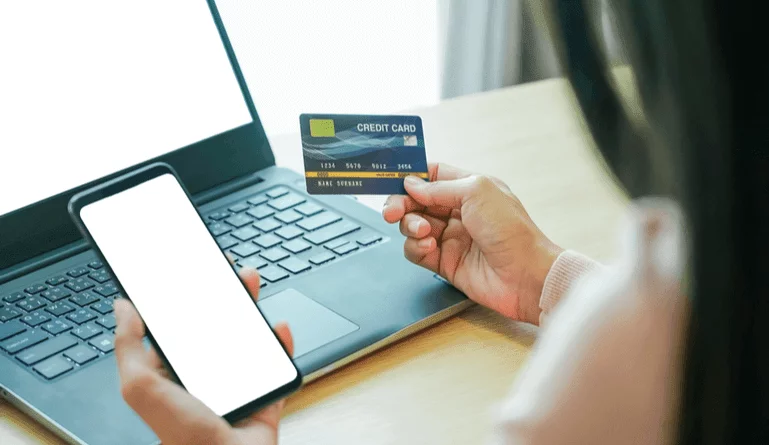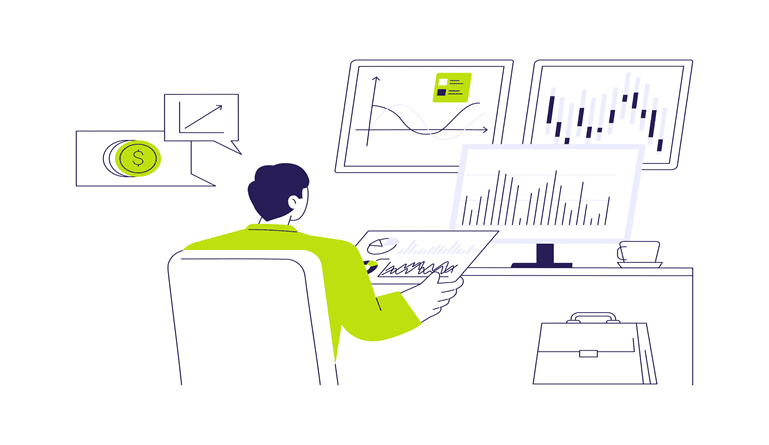E-commerce has fundamentally changed the way that companies do business. In fact, some research notes that e-commerce sales alone will make up almost 14% of all retail sales transactions in 2019. It’s more important than ever to have good financial practices in place to grow the business and connect with customers safely, securely, and easily.
Banking practices have changed in some ways to keep up with customer expectations and technological demands set forth by e-commerce experiences.
Applications of E-Commerce in Banking
Here are some of the most important current applications of e-commerce in banking.
1. Electronic billing
Electronic billing is one of the biggest benefits that e-commerce has brought to both consumers and businesses. Banks now offer the ability to automatically pay your bills through their website or on their app. Companies can send out electronic invoices to their customers and receive payment automatically instead of waiting for and cashing a physical check. The connection between the ability for banks to send and receive payment digitally and the rise of e-commerce as a primary driver of sales and revenue in many businesses is not a coincidence; it would be nearly impossible to effectively have one without the other.
2. ID verification
Banks can and should take identification very seriously. The job of a credible financial institution is to ensure that the person spending is the person who should have access to the funds in the account. This has become harder the more technology has advanced. But technology has also helped drive innovation in the ability to confirm the identity and other credentials so that customers can conduct their e-commerce transaction more securely, without the possibility of data being stolen or leaked This identification process is not just a protection for the customer, but also for the retailer or vendor. It’s the responsibility of all stakeholders – banks and e-commerce retailers alike – to uphold ID verification and customer information security standards.
3. Mobile payments
Mobile commerce, or m-commerce, is an important part of e-commerce. Mobile focused commerce has become a new normal for many people who are now able to buy everything from a dog sitter to a plane ticket from their phone. A smartphone has become another important e-commerce tool, however – a digital wallet. Customers can now pay for many of their in-person purchases with a smartphone app, whether it’s a bank-backed credit card app or an app like Apple Pay which keeps payment options for customers’ various financial sources together in one place for easy payment. While mobile payments are more often used to describe in-person digital transactions, they are definitely born out of the application of e-commerce in banking endeavors.
4. Digital-only banking
E-commerce has enabled app payments and transactions, leading the way for reeducation in physical brick and mortar banks. While many large banks with an e-commerce presence do still have in-person presences in certain communities, many banks have opened as online-only operations, such as Ally. Mortgage brokers have joined the only online finance trend as well. Having users interact with their banking primarily through an app is in line with how consumers interact with many other parts of their daily lives, from paying for coffee to ordering groceries to set doctor’s appointments and more. Online-only banks can also offer a better banking experience by often being able to give customers a better interest rate on savings accounts or loans because of the money the bank itself was able to save by not having to pay overhead costs like rent, etc.
5. B2B innovation
The e-commerce experience has changed the way B2B buyers anticipate buying and selling experiences to go. This has largely been due to the implication of e-commerce in banking in B2C spheres. E-commerce has enabled banks to offer faster account opening, digital invoice payment, and other conveniences that B2C buyers have long enjoyed. B2B buyers have experienced these features in their non-business life and are making demands in the marketplace that their B2B experience is more consistent and matches the rest of modern life. E-commerce and banking, then, have a responsibility to continue to elevate the customer experience.
6. International commerce
E-commerce has made it easier for people to bank internationally or pay for goods and services from another country without having to work around banking regulations or exchange rates. Third-party vendors like PayPal work as a go-between for e-commerce retailers and financial organizations and banks.
E-commerce has created a lot of opportunities for banking and the applications of e-commerce in banking continue to grow, with both retailers and finance organizations working to create a better customer experience through technology that will help businesses from both industries grow revenue and strengthen their brand.




